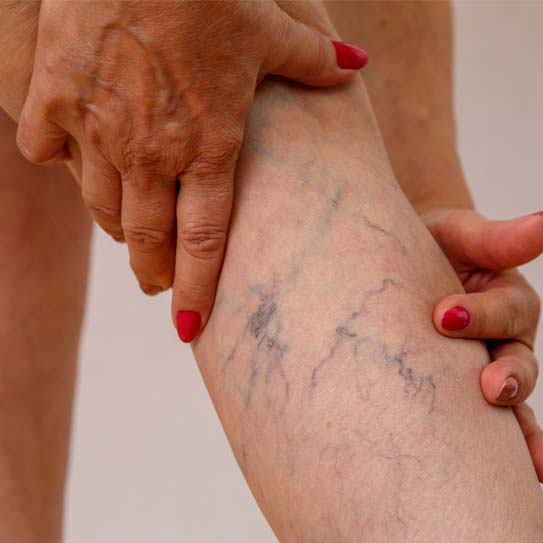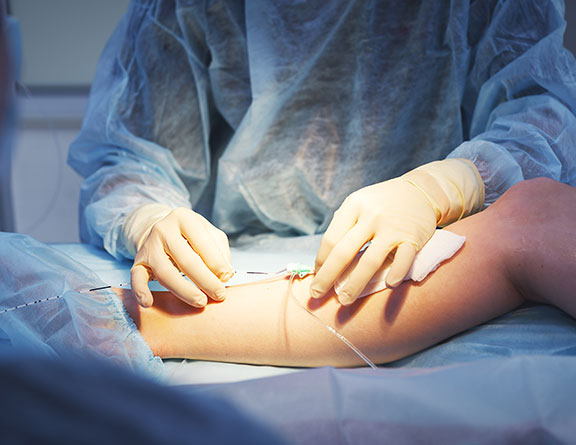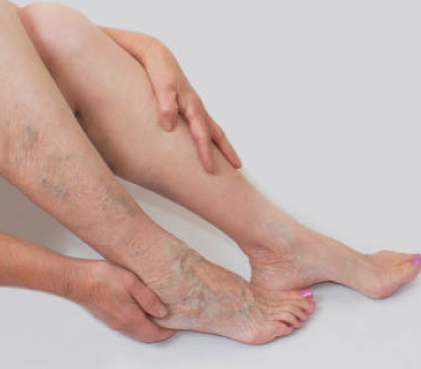
In order to determine the source, scope, and severity of the problem, the ENT specialist will first gather your medical history and conduct a physical examination to diagnose adenoiditis. Using a speculum, the doctor will examine the throat tissues during the physical examination and feel the lymph nodes around the throat to see whether they are swollen.
The outcomes of the diagnostic procedures will be thoroughly examined by your doctor, who will then go over your therapy and surgical choices with you. Adenoidectomy and any further surgical treatments you require, such as a tonsillectomy, FESS, septoplasty, etc., will be scheduled and included in the treatment plan at the same time.
Give your ENT doctor access to all of your medical records. Make sure they are aware of all the prescription and over-the-counter medications you use, along with any allergies you may have. Make sure they are aware of any bleeding or clotting abnormalities you may have so they can arrange the operation appropriately. Prior to the procedure, you might need to cease taking blood thinners or take more blood clotters than usual.

A minimally invasive procedure called an adenoidectomy is frequently carried out without using any sutures. Adenoidectomy can enhance your quality of life if you (or your kid) frequently contract adenoid infections by

Do kids recover more quickly after an adenoidectomy?
No matter the patient's age, adenoidectomy recovery typically takes around 2 weeks. However, if the patient also has additional procedures such a tonsillectomy, FESS, etc., the recovery time may be prolonged.
Does adenoidectomy impact the clarity of speech or voice?
By creating a large airway and addressing breathing problems, adenoid gland ectomy can aid in improving speech and voice quality. However, due to alterations in the airway that often correct themselves over time, adenoidectomy might also result in modest resonance speech issues.
Why is fever common after an adenoidectomy?
Following an adenoidectomy, mild fever for one to two days is quite typical. It typically results from bacteremia and is the body's inflammatory reaction to anaesthesia and surgical tissue harm. It is not a problem, though, and shouldn't hold up your recuperation.
How can I determine whether my son requires an adenoidectomy?
You should keep an eye out for signs of adenoiditis in your child, such as mouth breathing, loud snoring, recurrent sore throats, sinus infections, etc. Your child may develop adenoiditis if he has a painful throat, difficulty breathing at night, or sleep apnea. Check with an ENT expert to see whether he need an adenoidectomy.

Also known as endovenous laser treatment or EVLA, this is a minimally invasive ultrasound-guided procedure that involves the use of ultrasound images and laser fiber in order to kill the delicate lining of the veins. After a few days following the procedure, the body absorbs the dead tissues, closing off the abnormal veins with minimal or no discomfort. This is one of the most commonly preferred methods as it involves far fewer complications, and the recovery time, as well as the success rate of this method, is much faster and higher than that of any surgical process.

Also known as endovenous laser treatment or EVLA, this is a minimally invasive ultrasound-guided procedure that involves the use of ultrasound images and laser fiber in order to kill the delicate lining of the veins. After a few days following the procedure, the body absorbs the dead tissues, closing off the abnormal veins with minimal or no discomfort. This is one of the most commonly preferred methods as it involves far fewer complications, and the recovery time, as well as the success rate of this method, is much faster and higher than that of any surgical process.

Also known as endovenous laser treatment or EVLA, this is a minimally invasive ultrasound-guided procedure that involves the use of ultrasound images and laser fiber in order to kill the delicate lining of the veins. After a few days following the procedure, the body absorbs the dead tissues, closing off the abnormal veins with minimal or no discomfort. This is one of the most commonly preferred methods as it involves far fewer complications, and the recovery time, as well as the success rate of this method, is much faster and higher than that of any surgical process.